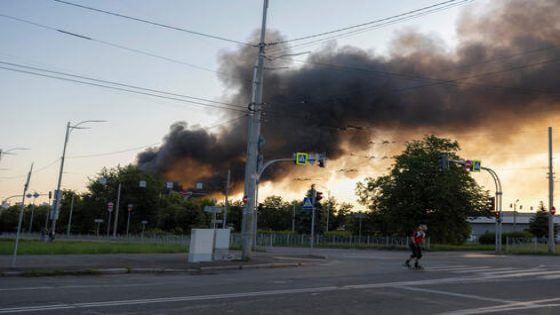As Russia boosts missile production, NATO faces increasing pressure to expand its own long-range arsenal. The urgency is palpable, especially with Europe still relying heavily on US military capabilities. In light of recent developments on 2025-07-11 21:39:00, the alliance is exploring new joint programs aimed at closing this critical gap.
- Russia increases missile production capabilities
- NATO under pressure to enhance long-range arsenal
- Europe heavily reliant on US military support
- New joint programs aim to close capability gaps
- Preparing for high-stakes, long-distance warfare
The shift towards enhancing NATO’s long-range capabilities is not just a response to Russian actions; it reflects a broader strategy to prepare for high-stakes, long-distance warfare. As tensions rise, how will NATO adapt to ensure its member states are adequately equipped?
This situation raises essential questions about NATO’s readiness and the implications for global security. Will the alliance’s new initiatives be enough to deter potential threats? The following points summarize key considerations:
- Increased missile production by Russia challenges NATO’s existing defense strategies.
- Joint programs aim to enhance European military capabilities independently of the US.
- Long-distance warfare preparedness is becoming a priority for NATO.
- Member states must collaborate effectively to address emerging threats.
As the geopolitical landscape shifts, NATO must act decisively to bolster its defenses. Will member states unite to strengthen their military capabilities and ensure regional security?

































